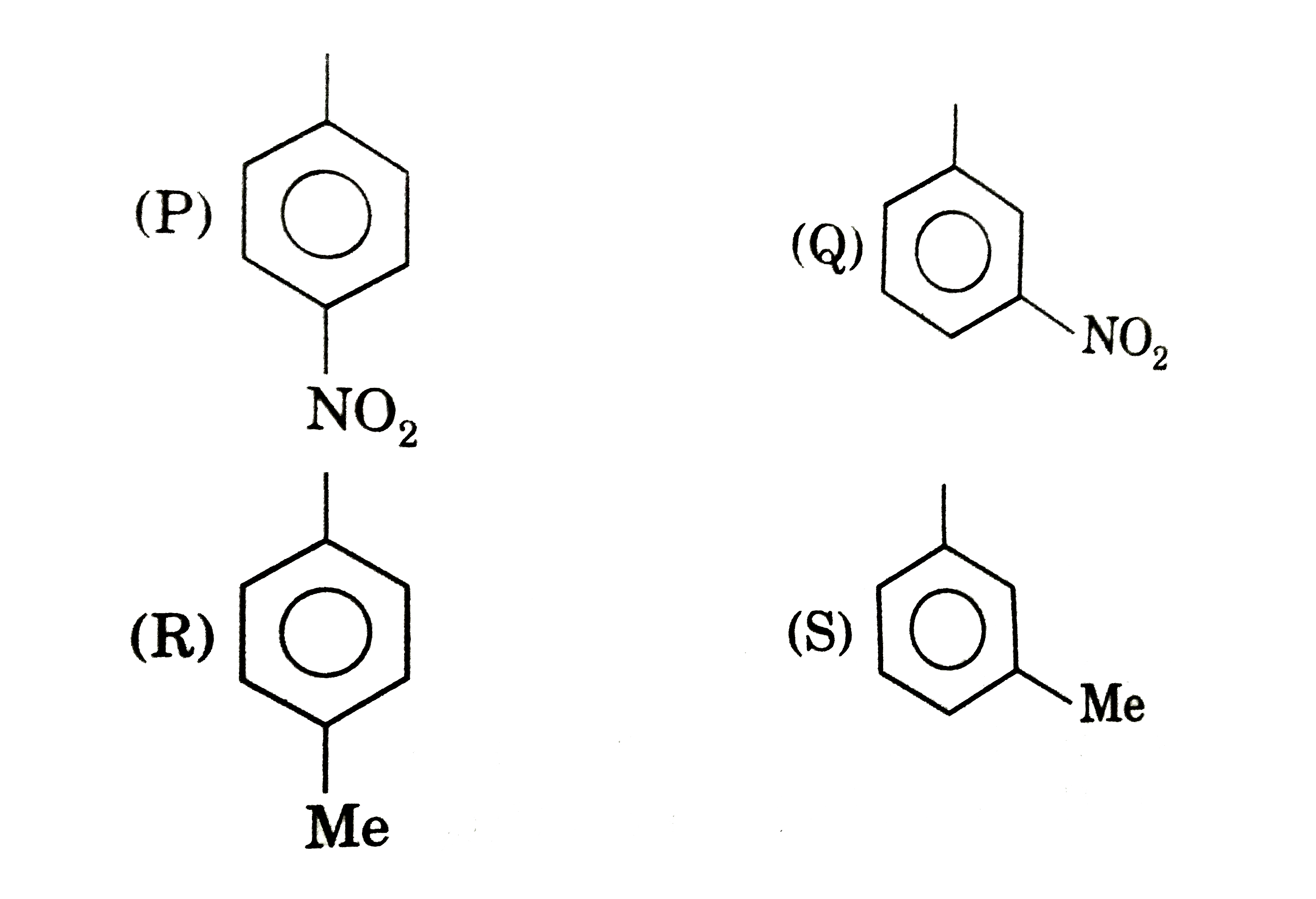AΔ−−−−−→800∘CCH2= C = O , Reactant ' A ' in the reaction is
CH3CH2 CHO
CH3CHO
CH3−C∣∣O−CH3
C2H5OH
The correct Answer is:B
To solve the question, we need to identify the reactant 'A' that, when heated at 800°C, produces the compound CH₂=C=O, which is known as ketene.
1. Identify the Product: The product given is CH₂=C=O, which is ketene. Ketene has the general formula R₂C=C=O.
2. Understand the Formation of Ketene: Ketene is typically formed from aldehydes through a process called dehydrogenation. This involves the removal of hydrogen atoms from the aldehyde.
3. Determine the Structure of the Precursor Aldehyde: Since ketene has two carbon atoms (C=C), the precursor aldehyde must also have two carbon atoms. The simplest aldehyde with two carbon atoms is acetaldehyde (CH₃CHO).
4. Reaction Mechanism: When acetaldehyde is heated at a high temperature (800°C), it undergoes dehydrogenation:
- The reaction can be represented as:
CH3CHO800°C−−−→CH2=C=O+H2
- Here, one hydrogen atom is removed from the methyl group (CH₃) and one from the aldehyde (CHO), resulting in the formation of ketene (CH₂=C=O).
5. Conclusion: Therefore, the reactant 'A' that produces ketene when heated at 800°C is acetaldehyde (CH₃CHO).
Final Answer:
The reactant 'A' is acetaldehyde (CH₃CHO).
---
- The reaction can be represented as:
CH3CHO800°C−−−→CH2=C=O+H2
- Here, one hydrogen atom is removed from the methyl group (CH₃) and one from the aldehyde (CHO), resulting in the formation of ketene (CH₂=C=O).
The reactant 'A' is acetaldehyde (CH₃CHO).
Topper's Solved these Questions
- BOOK - NARAYNACHAPTER - ALDEHYDES, KETONES & CARBOXYLIC ACIDSEXERCISE - EXERCISE -430videos
ALDEHYDES, KETONES & CARBOXYLIC ACIDS
- BOOK - NARAYNACHAPTER - ALDEHYDES, KETONES & CARBOXYLIC ACIDSEXERCISE - CHECK YOUR GRASP6videos
ALDEHYDES, KETONES & CARBOXYLIC ACIDS
- BOOK - NARAYNACHAPTER - ALDEHYDES, KETONES & CARBOXYLIC ACIDSEXERCISE - EXERCISE -II (H.W.)25videos
ALDEHYDES, KETONES & CARBOXYLIC ACIDS
- BOOK - NARAYNACHAPTER - ALCOHOLS, ETHERS, PHENOLEXERCISE - Assertion Reaosn10videos
ALCOHOLS, ETHERS, PHENOL
- BOOK - NARAYNACHAPTER - AMINES & DIAZO COMPOUNDSEXERCISE - Subjective type Q.13videos
AMINES & DIAZO COMPOUNDS
Similar Questions
Knowledge Check
- Question 1 - Select One
AΔ−−−−−→800∘CCH2= C = O , Reactant ' A ' in the reaction is
ACH3CH2CHOBCH3CHOCCH3−C∣∣O−CH3DC2H5OH - Question 2 - Select One
CH3−CH3∣C∣OH−CH3Na2Cr2O7−−−−−−−→cool(P), Product (P) in the reaction is :
ACH3−CH3∣C=CH2BCH3−CH3∣CH−CH3CCH3−CH3∣C∣CH3−O−CH3∣C∣CH3−CH3DNo reaction - Question 3 - Select One
Consider the following reaction,
H2C=CH2+Br2BA−−→BrCH2CH2BrC
The reactant 'A' and colour of 'B' and 'C' are respectivelyAA→CCl4B→colourless C→reddish brownBA→CCl4B→reddish brownC rarr colourlessCA→CBr4 B → colourless C → reddish brownDA→CBr4 B → reddish brown C → colourless
ϕ−CH2−C∣∣O−OHNaOH+CaO−−−−−−−→Δϕ−CH3
Order of rate if ϕ is :
 View Solution
View SolutionC6H10O3(Ke→ester)(A)NaOH+I2−−−−−−−−→ΔYellowppt.
+(B)H⊕−−→(C)Δ−−−−−→−CO2CH3COOH. (A) and (B) are:View SolutionDehydration of alcohol by conc. H2SO4 takes place according to following steps:
CH3−CH3| C | H −CH2⋅⋅O⋅⋅HH+−−−→step - 1CH3−CH3| C | H −CH2+OH2−H2O−−−→step - 2CH3−CH3| C | H −+CH2
1,2−H− shiftRstep - 3arrCH3−CH3| C+ −CH3−H+−−−→step - 4CH3=CH3| C −CH3
The lowest and fastest steps in the above reaction areView SolutionCH41000∘C−−−−→A+B(g),
CH3CH2COONaSodalime−−−−−−→ΔC+Na2CO3
CΔ−−−−−→450∘CB+E,E+BNi−−→X
If E is a hydrocarbon, then X is identical withView SolutionCH3−O∣∣C−OHCaO−−−−−→Δ(A) KOH−−−−−→Δ
(B) D2/DO⊕−−−−−−−−−−−−−−→(Prolonged treatment) (C )
How many hydrogen is replaced by DeuteriumView Solution

